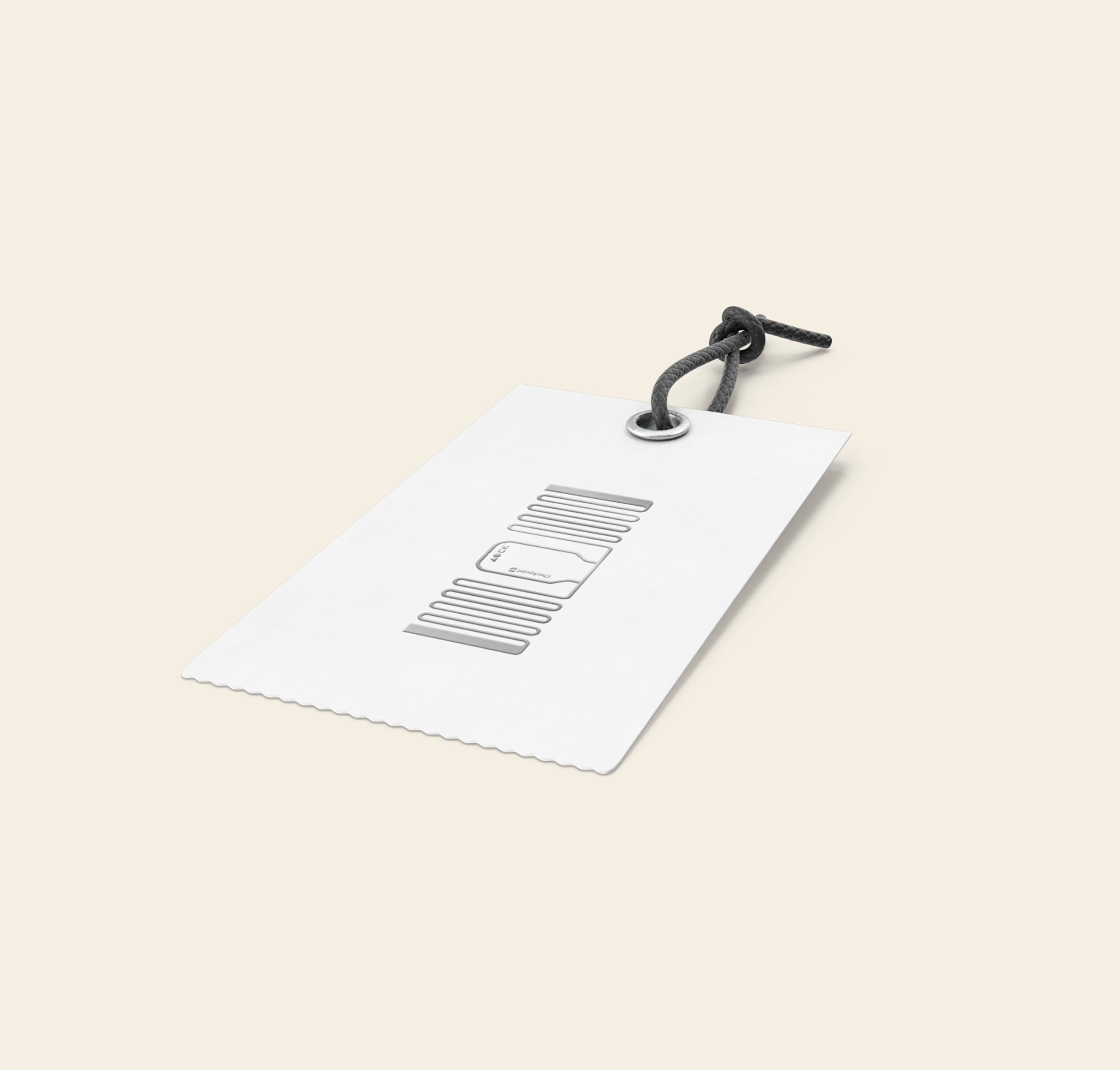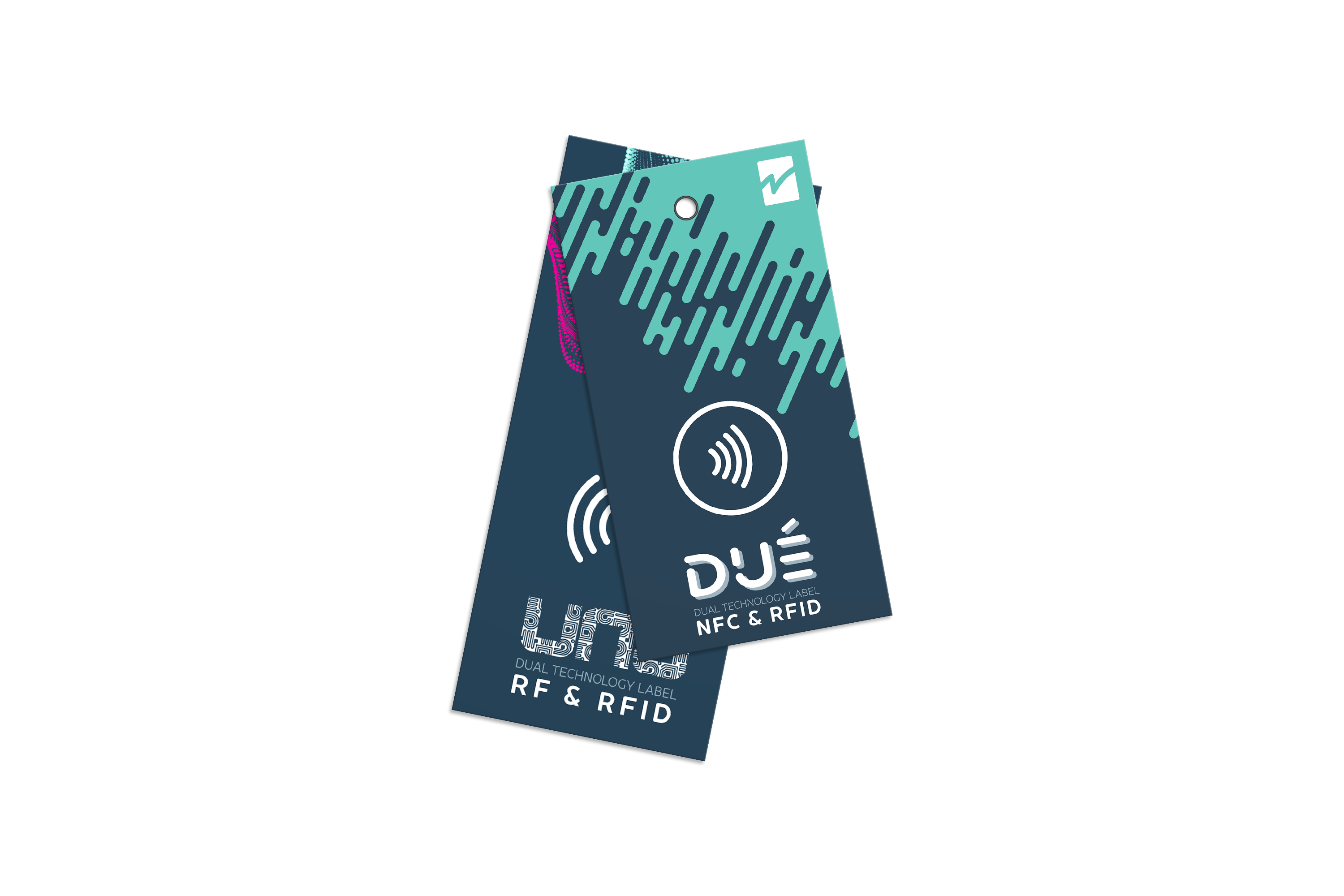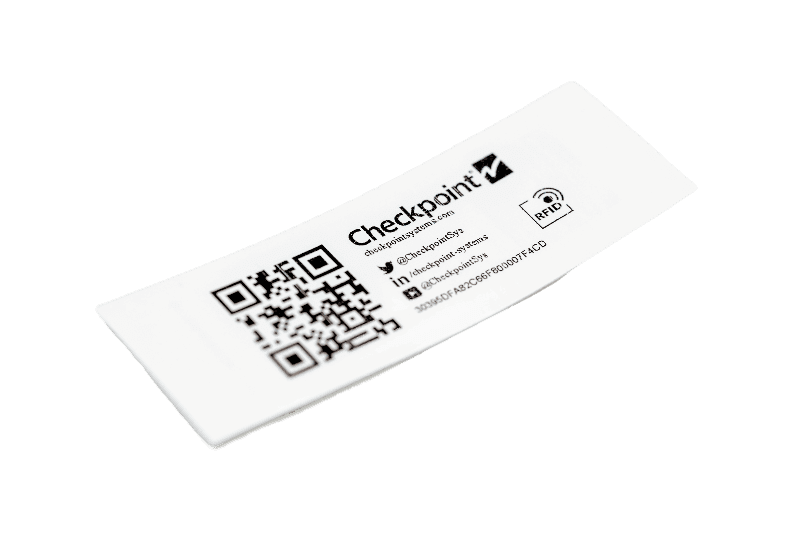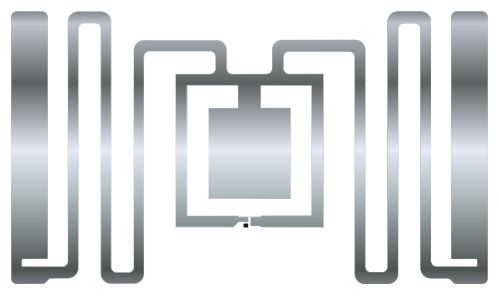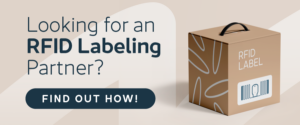Understanding security stickers: what is RF technology, and how does it work?
RF technology has been around for a long time. It’s one of the leading loss prevention technologies on the market because it’s so simple, affordable, and effective.
As a leading expert in RF technology, we’re more than happy to share what we know, so you can make educated choices when planning your loss prevention strategy. Keep reading for answers to some of the most popular FAQs on RF technology for retail.

What is RF and how does it work?
RF inlays consist of an antenna and a radio transmitter sandwiched between two sticker layers. In retail, RF is one of the three most common forms of electronic article surveillance (EAS) used in loss prevention systems, alongside RFID and AM (acousto-magnetic).
RF inlays consist of an antenna and a radio transmitter, which are sandwiched between two layers of a sticker. RF anti-theft stickers work by communicating with security gates at your shop’s entrance. If the sticker hasn't been deactivated or removed at the checkout, its radio transmitter will fire up when the antenna in the security gates sends a signal to it, causing the alarm to sound.
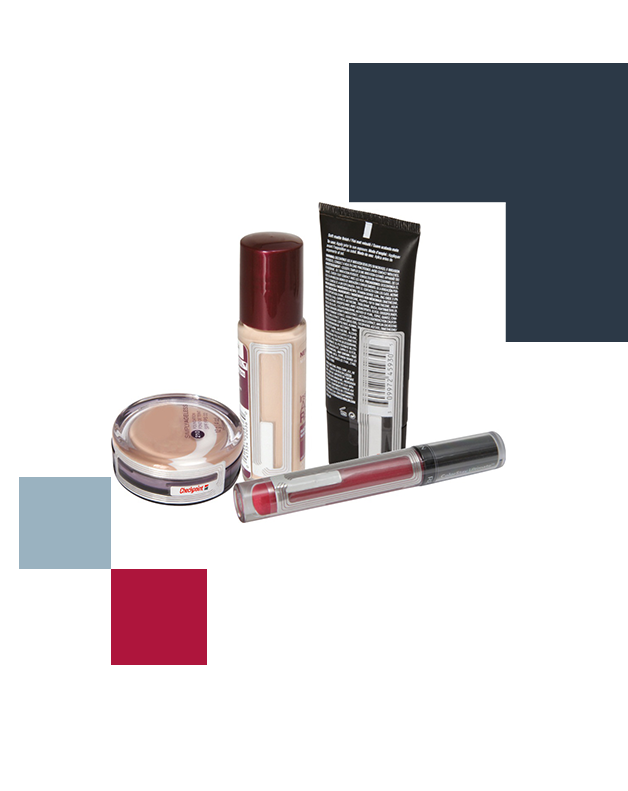

What is the difference between RFID and RF?
RF security stickers are very straightforward in design. They only use one type of signal (radio frequency!) and are only used for loss prevention. Because RF inlays need to be removed at the point of purchase, they usually only come in a simple sticker format.
RFID (radio frequency identification) is more complex in comparison — and has use cases above and beyond purely loss prevention. RFID uses electromagnetic fields to send and store detailed product information at an item level. It can be embedded into garments and labels, and function as effective loss prevention with specific hardware. On top of this, you can use RFID for inventory accuracy, product authentication, logistics and more.
Read: Introduction to RFID

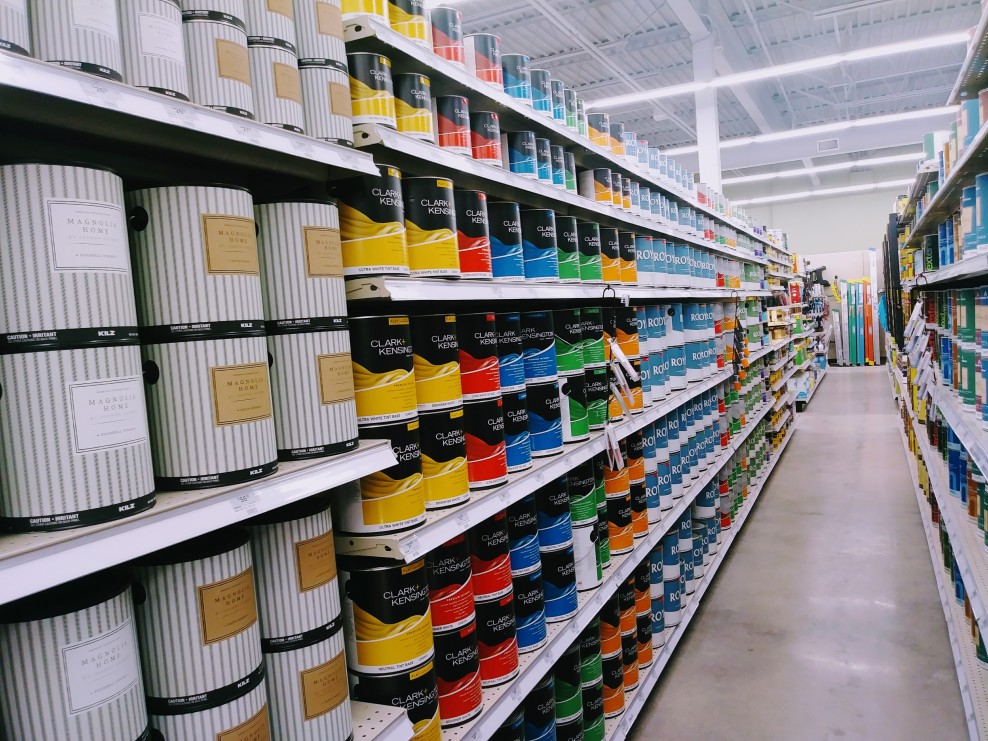

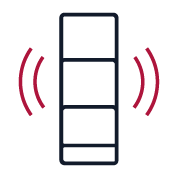
Where is RF technology used?
RF technology is widespread in not only apparel, but all retail sectors where brands and retailers are looking to protect their products. This includes products like bottles, food items, and certain garments and accessories. RF stickers are applied to a product’s hang tag or to the product itself, depending on what it is.
Although it's not common to embed RF into products like you would an RFID inlay (it needs to be removable), there are exceptions to the rule! For example, we make an RF label that can be embedded into shoes and is designed to break after 1000 steps. If you want to embed your RF labels rather than apply them to the tag by hand, you could also opt for a 'dual technology label'.
By blending RF technology with RFID in a dual technology label, you get the best of both worlds where benefits are concerned. The RF component works with existing RF loss prevention hardware to protect your stock from theft, and you also get inventory transparency and all the interactive benefits of the RFID chip.
Read: why combine RFID with NFC chips and RF chips?
Dual technology labels can be embedded into your labels as pocket tags and care labels, making them good for retailers who want the benefits of RF but don’t want to apply stickers to hang tags. Because they’re blended with RFID tech, many retailers find they increase their return on investment with dual technology labels because they’re getting twice the functionality.
